Buy Wine Cap Mushroom Liquid Culture Online
Description
Wine Cap Mushroom (Stropharia rugosoannulata)
The wine cap mushroom, so-named for the dark red color, is also known as the king stropharia, Stropharia Rugosoannulata, garden giant, or even Godzilla mushroom. They can get very large, as several of the names imply, but are often more modest; an inch and a half to five inches across is typical. The stem is usually three to six inches long. Depending on a mushroom’s age, it could be confused with several other species, both closely related and otherwise. The wine cap is unusual among stropharias in being edible, so proper identification is important for those who want to partake. Wine Cap Liquid Culture
A curious detail about this fungus is that while it grows on woodchips and other debris and therefore presumably eats dead wood, it is also an active hunter, capable of capturing and eating nematode worms
Wine cap is native to Europe, and may also be native to North America, especially the eastern part of the continent—either that, or it could have been accidentally introduced, as it definitely grows in North America. The species has been introduced to New Zealand and Australia as well. A popular edible, wine cap is easy to cultivate, since it can grow in ordinary garden beds alongside the vegetables; some gardeners rely on the species to release nutrients from mulch into the soil, to remove pathogens from the soil, and to kill nematode worms that might otherwise attack plant roots
The primary uses of the wine cap are culinary and as an ally in creating soil health, but there is some indication that they could have medicinal benefits as well
Wine Cap Mushroom Identification and Description
Cap: Can be small or large. Convex when young, but becoming almost flat with age. Sticky when fresh. Usually reddish-brown to wine red when young and fading to yellowish or yellow-brown with age, but see note. May have remnants of a veil hanging from the edge of the cap. The flesh is white and does not change color when cut or bruised.
Gills: White to pale gray, becoming purple-gray or purple-black with age. Closely-spaced and attached to the stem-though some gills are shorter than others.
Stem: White, becoming yellowish or brownish with age, sometimes long, tube-shaped or enlarged at the base, with a distinctive wrinkled or grooved ring partway up, though this structure can fall off and so is not reliable for identification. May have fine hairs.
Smell: Usually not distinctive, but see note.
Taste:Not distinctive for identification purposes.
Spores: Ellipsoid.
Spore color: Purple-brown to purple-black.
Edibility: Considered choice by some.
Habitat: Feeds on woody debris—these days, most often on woodchips in gardens or pathways, but also in natural concentrations of debris, such as material washed up by floods.
Wine caps usually fruit in large groups from spring through autumn. The pretty wine-red cap color is distinctive but not universal; not only can color change with age, but there is a white-capped variety that may or may not be a separate species. The white-capped also differs from the red in having narrower spores (a microscopic feature), different chemical reactions (KOH on the cap surface is pale orange, rather than dull green), and a distinctive, creosote-like scent. Since the white could be a different species, its edibility and medicinal value should be regarded as unknown.
Wine Cap Mushroom Benefits
Wine cap is not widely regarded as medicinal. Its primary uses are culinary or in gardening. And yet, like many other mushrooms, it contains several chemical substances that have the potential for medicinal use as suggested by modern research. It is possible that in the future, useful medications could be made with substances derived from wine cap mushroom.
Nutrition
The primary use of wine cap is in the kitchen, where it is favored for its unusual potato-like taste. Although it does contain small amounts of protein, calcium, and iron, its most striking nutritional benefit involves what it doesn’t have—no fat, no cholesterol, few calories, and very little sodium. Like most mushrooms, the wine cap is mostly water and fiber, plus it is seldom eaten in large quantities, so the food value of a typical serving is small. The advantage is that the mushroom packs a lot of flavor and texture without adding a lot of extra calories.
Cancer and HIV
A protein isolated from wine cap proved able to inhibit two different lines of cancer cells (a human liver cancer and a mouse leukemia line) and to interfere with a chemical reaction used by the HIV-1 virus. The study was conducted entirely in vitro, with no animal or human research subjects. It’s important to recognize that this study does not suggest that eating the whole mushroom can treat either cancer or HIV infection—the protein in the study was purified and amplified many times beyond what is found in the mushroom. The protein was also not tested against actual HIV-1 virus, only against samples of a substance that the virus creates and uses. The focus of the study was an exploration of the chemical properties of the protein, not its clinical value.
That being said, the study does suggest that the mushroom protein is worth studying for potential medicinal use.
Another study investigated a different wine cap-derived substance, an exopolysaccharide, that has anti-tumor and anti-oxidant properties. Again, the study was strictly in vitro.
Diabetes, Obesity, and Related Issues
In one study, a group of rats were experimentally given diabetes. Treatment with a wine cap-derived polysaccharide reduced blood sugar in the rats as well as lowering cholesterol levels and improving several other markers of heath.
Wine Cap Mushroom Soup
 Serves 6
Serves 6
Versatile Wine Cap mushrooms adapt well to this Hungarian Mushroom Soup recipe. Heartwarming comfort food, perfect fare for a cool spring (or fall) evening.
Ingredients:
2 Tbsp. butter
1 c. chopped onion
frac12; c. chopped leek
2 tsp minced garlic
2 lbs. chopped Wine Cap mushrooms
1 tsp. salt
1 tsp. paprika
3 Tbsp. fresh dill
2 tsp. fresh lemon juice
3 Tbsp. flour
2 c. vegetable stock
1 c. milk (coconut milk may be substituted)
frac12; c. creme fraiche
salt and pepper, to taste
In stock pot, melt butter over medium heat. Add onion, leek, and garlic and saute for 5 minutes, or until onions are tender but not brown. Add mushrooms, salt, paprika, and 2 Tbsp. of the dill (reserve 1 Tbsp. for garnish). Stir well. Bring to a slow simmer, cover and cook for 10 minutes. Remove lid, stir, and then let simmer uncovered for another 5-7 minutes.
Stir in lemon juice. Sprinkle flour over mixture, and simmer while stirring constantly for another 5 minutes. Add stock, cover and cook for 10 minutes, stirring often. Add milk and black pepper to taste. Turn heat to low, and whisk in creme fraiche a small amount at a time. Add salt to taste. Serve in bowls and garnish with remaining dill. Enjoy!

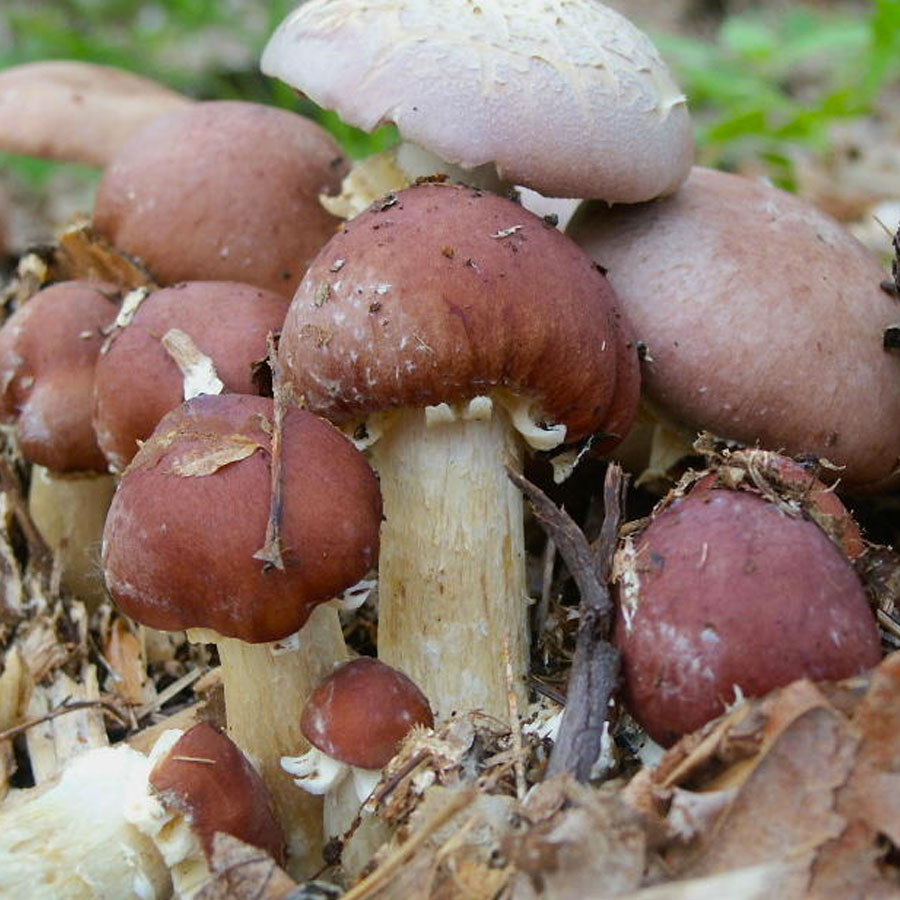
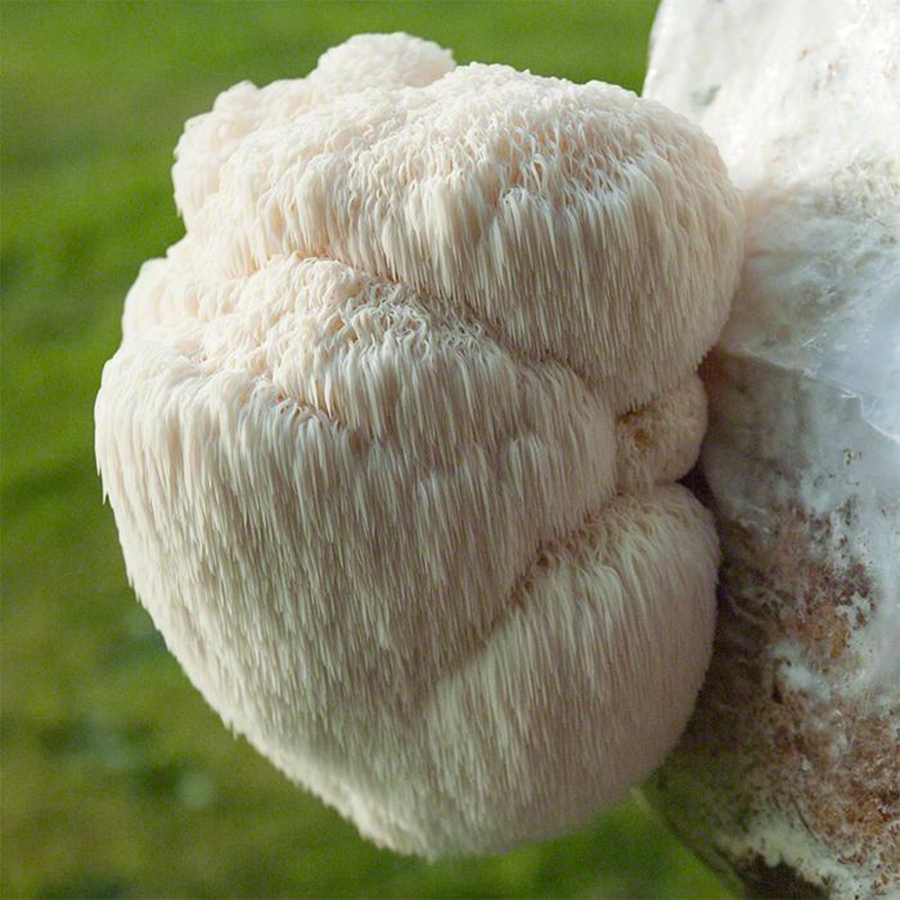
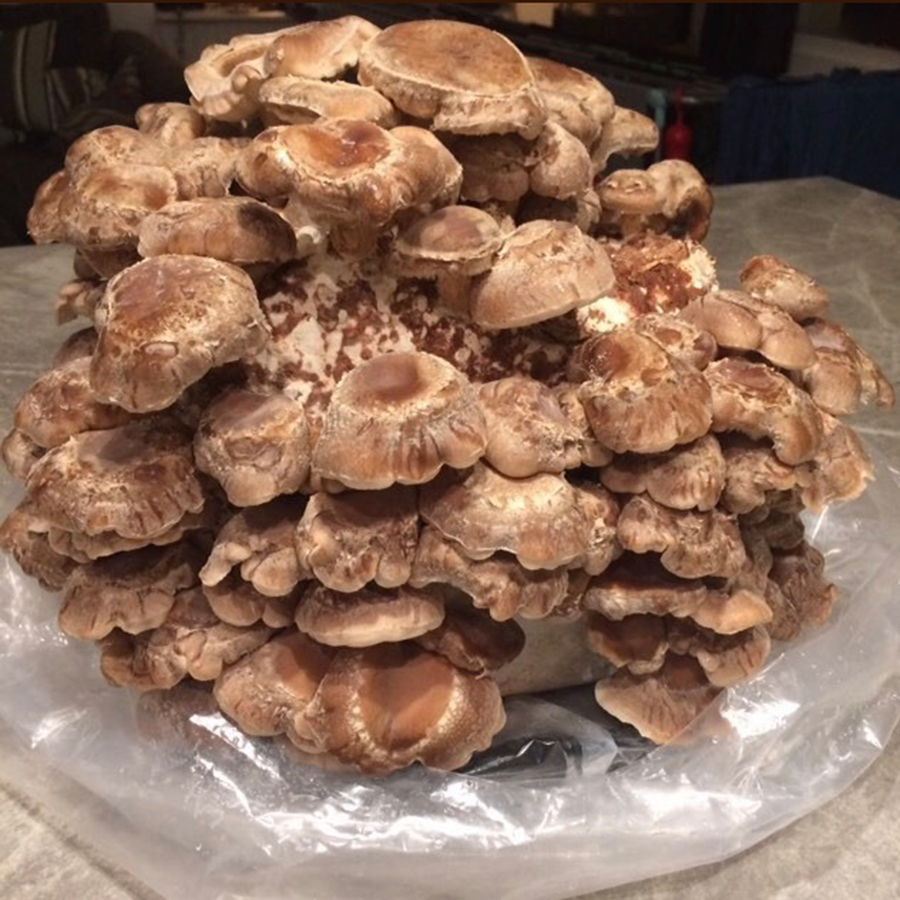



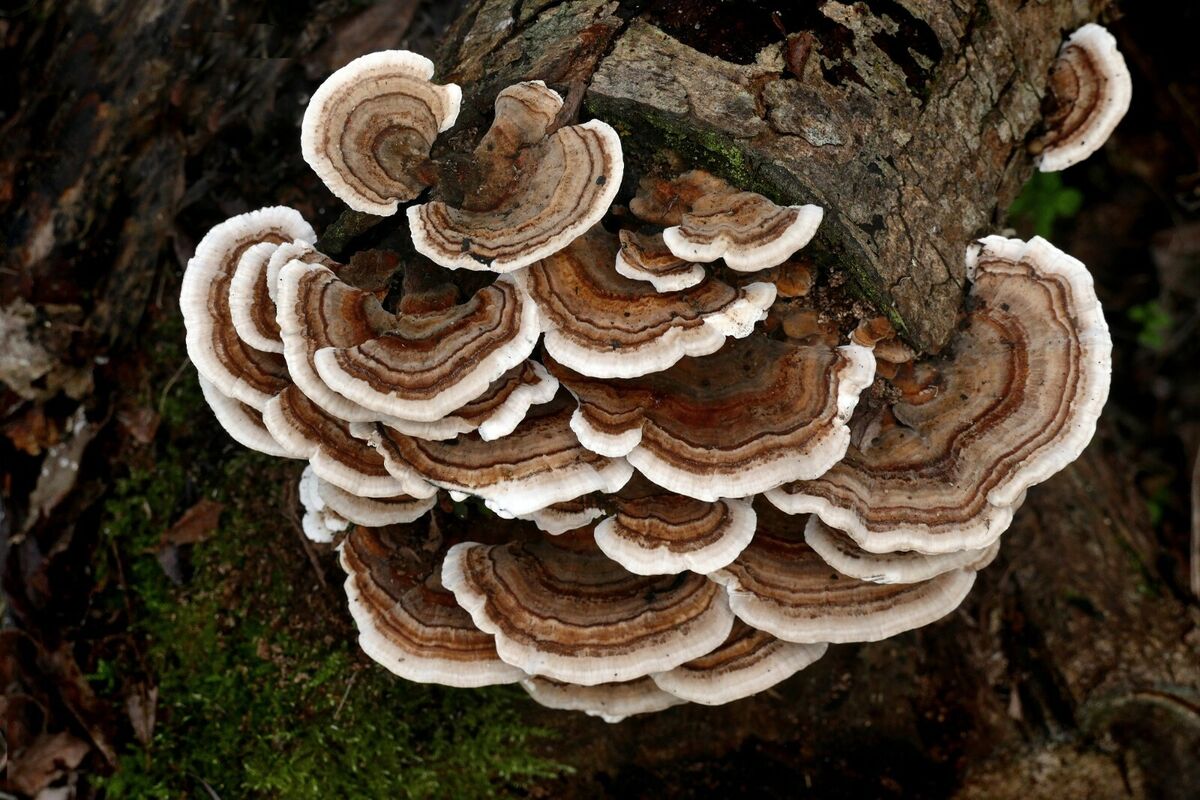
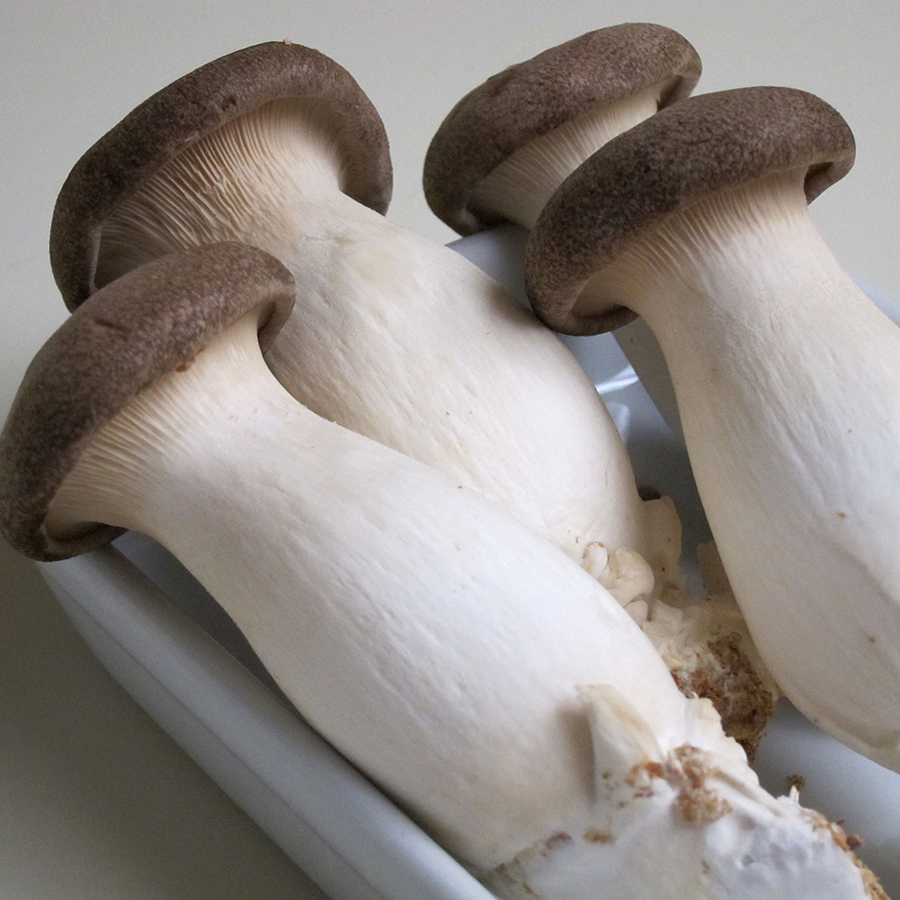
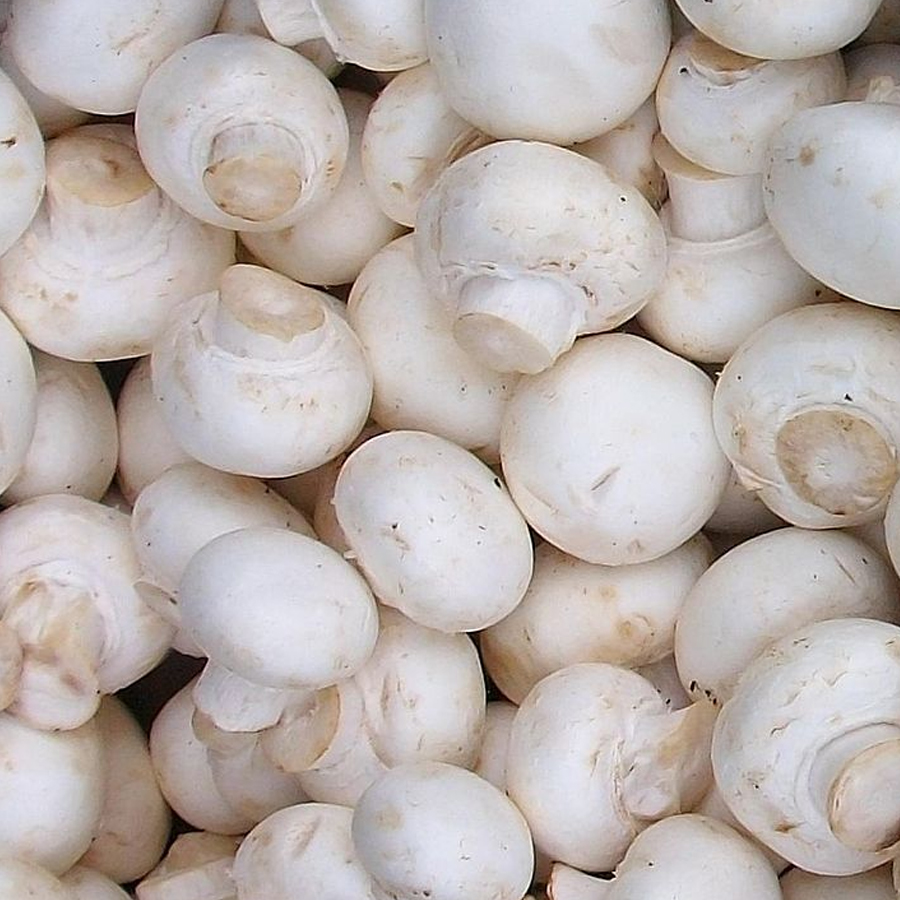
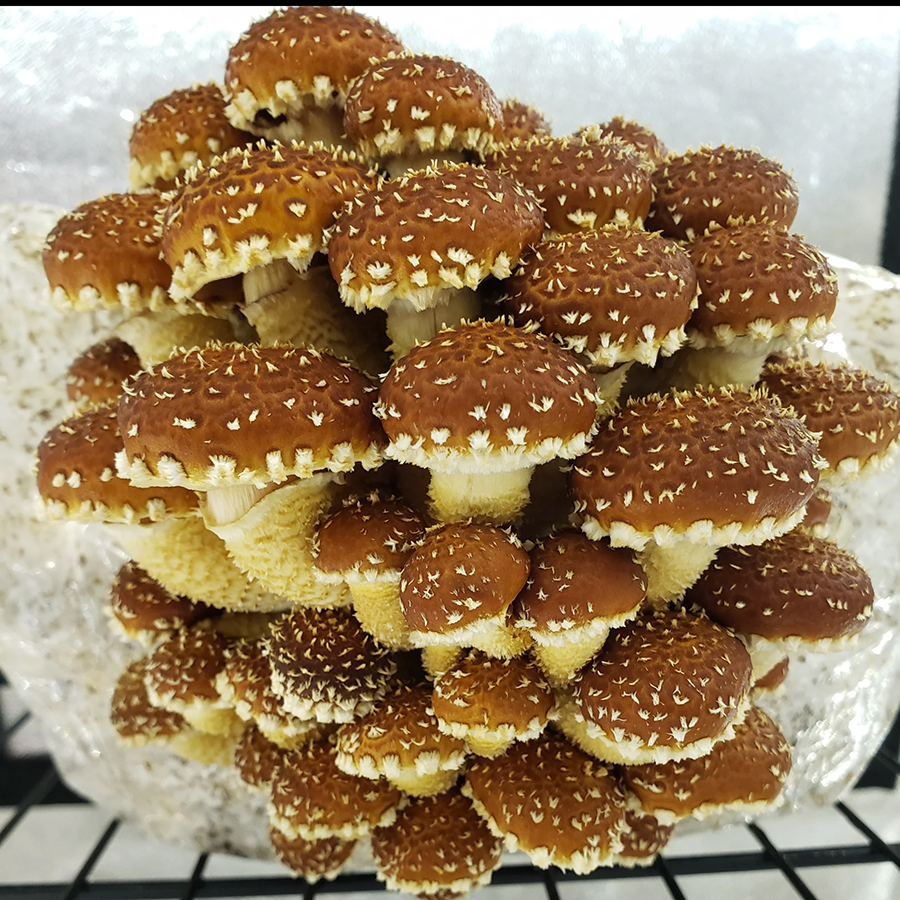
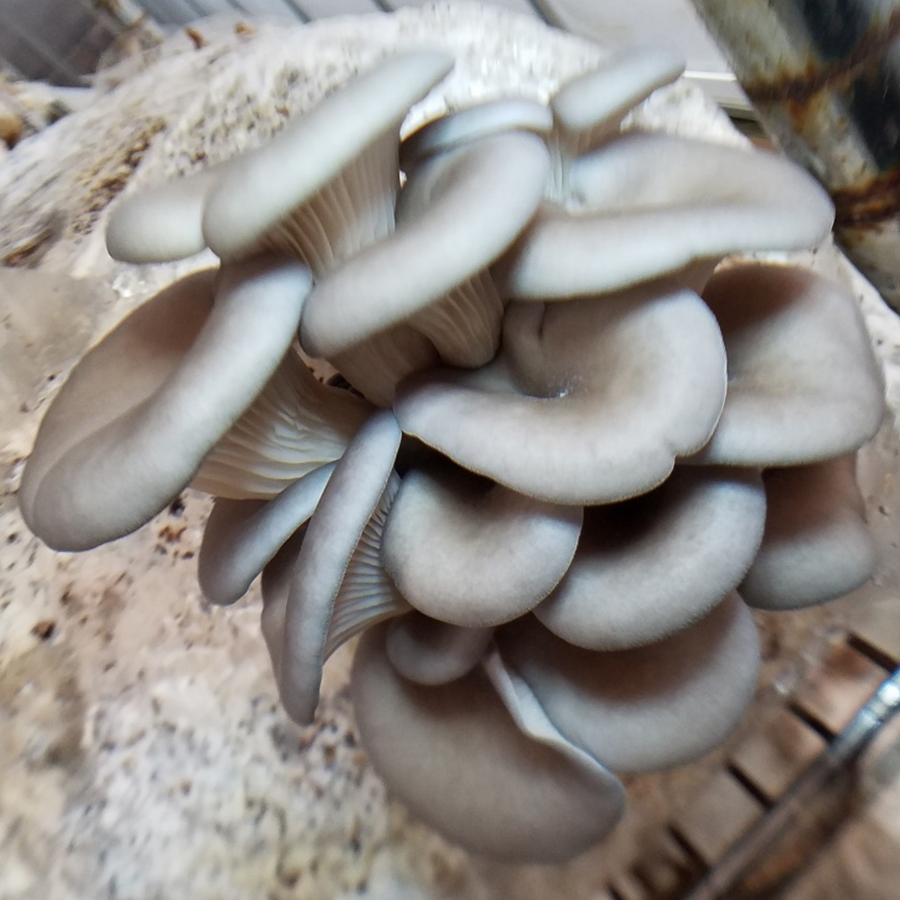

Reviews
There are no reviews yet.